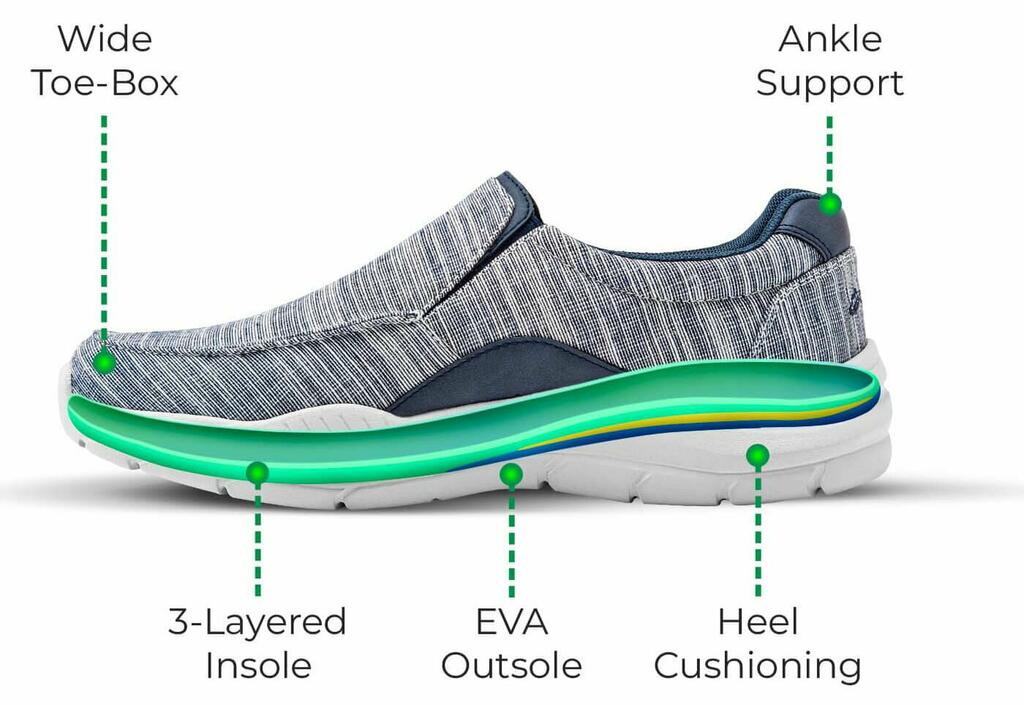Diabetic Shoe Inserts: A Beginner's Guide to Enhanced Foot Care By Jane Sterling | Published on January 8, 2024 @ 5:30 PM Navigating through diabetic foot care can be daunting,…

Diabetic shoe inserts are specialized insoles designed to offer extra support and cushioning for individuals with diabetes. They differ significantly from regular shoe inserts by focusing on alleviating pressure points, enhancing comfort, and preventing foot injuries. These inserts are crucial for those with reduced foot sensation and circulation issues, common complications of diabetes.
Enhances overall foot comfort, which is essential for daily mobility.







Initial Adjustment Period:
Checking for Fit:
Wearing Tips:
Daily Inspection:
Cleaning:
Odor Control:
Rotation:
Replacement:
Myth: Diabetic Shoe Inserts Aren’t Necessary If You Don’t Have Foot Pain
Fact: Many diabetics may not feel pain due to neuropathy (nerve damage), which dulls sensation in the feet. Inserts are used for preventive care, to distribute pressure evenly and prevent injuries that might go unnoticed until they become severe.

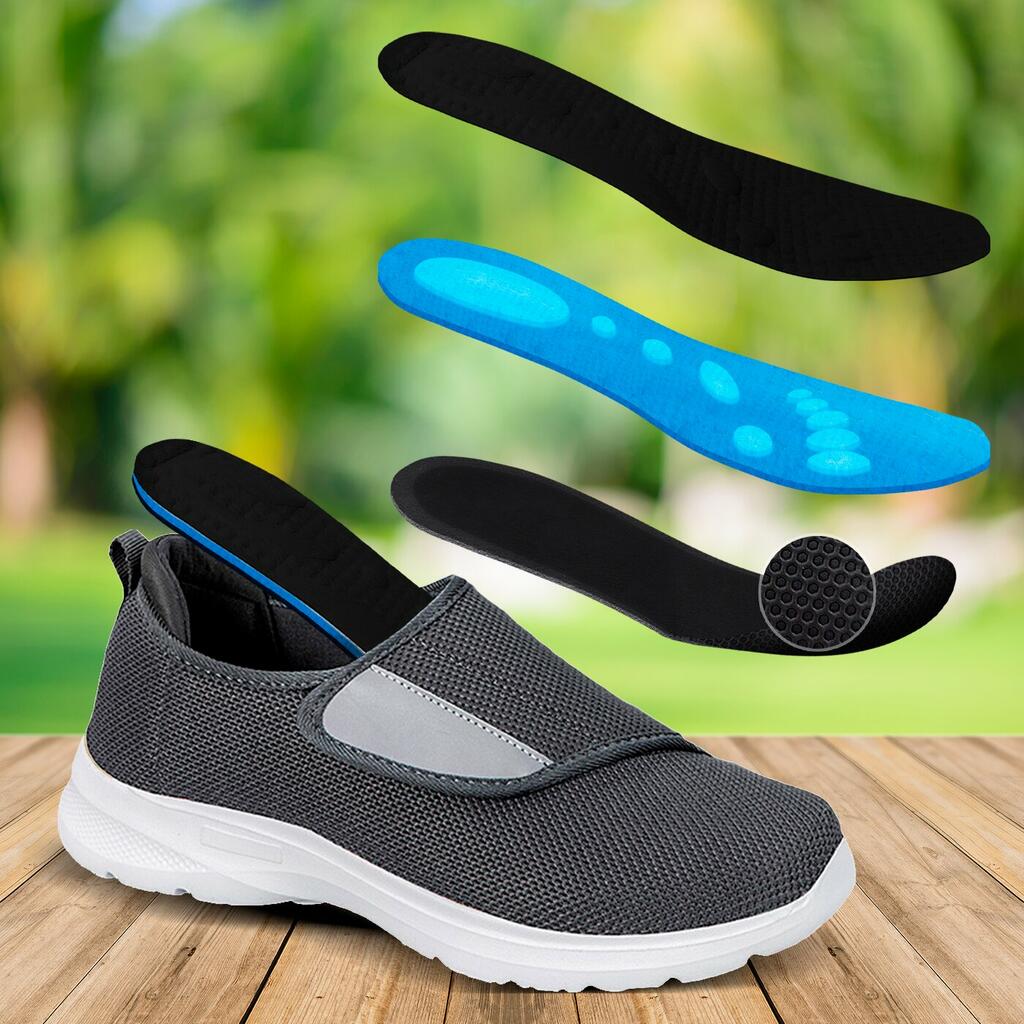
Myth: Any Shoe Insert Can Work for Diabetics
Fact: Diabetic shoe inserts are specifically designed to address the unique needs of diabetic feet, such as pressure relief and reducing the risk of ulcers. Regular inserts may not provide the necessary support and protection.
Myth: Diabetic Inserts Cure Foot Problems
Fact: While inserts are an essential part of managing foot health, they are not a cure. They work best in conjunction with other diabetic foot care practices, like regular check-ups, proper footwear, and maintaining good blood sugar levels.
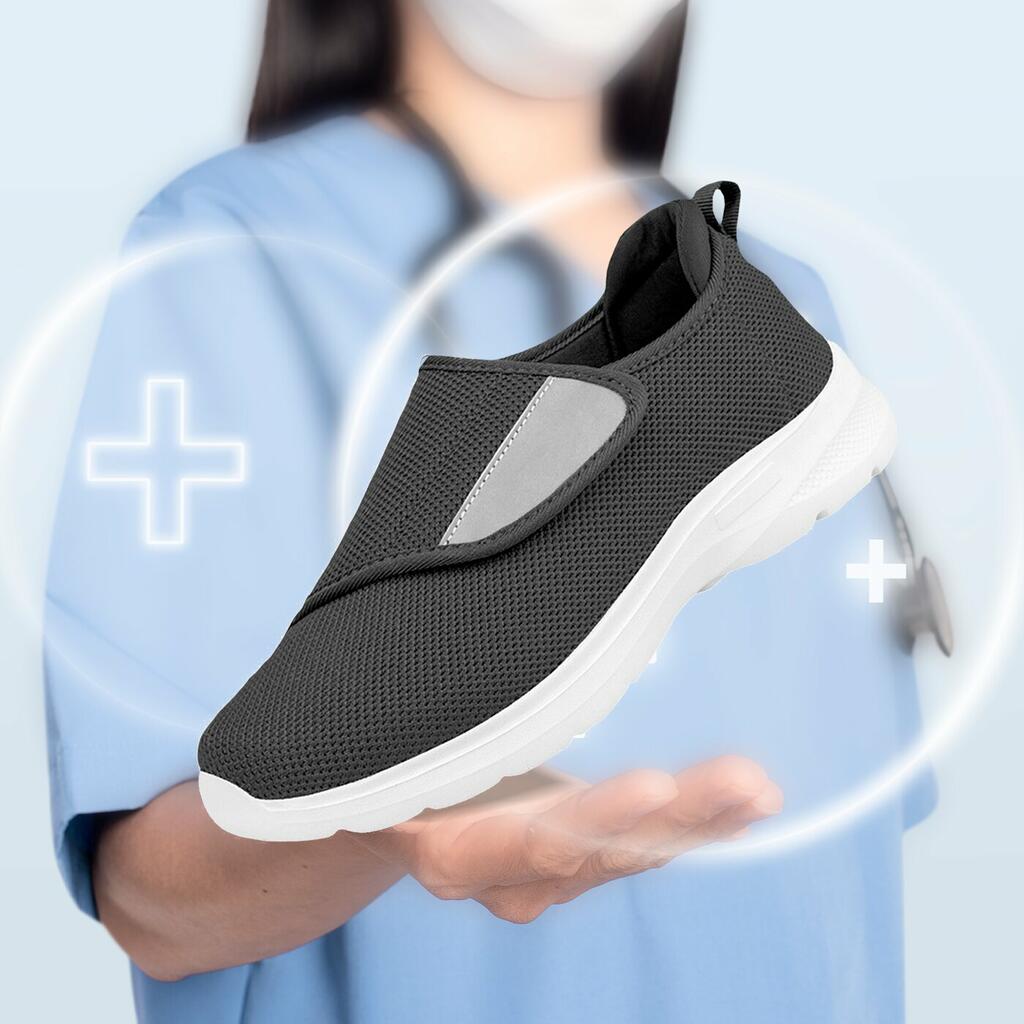

Myth: Diabetic Inserts are Uncomfortable and Bulky
Fact: Modern diabetic shoe inserts are designed with comfort and usability in mind. They are made of materials that offer support while being lightweight. Custom options ensure a perfect fit, eliminating discomfort and bulkiness.
Myth: Once You Start Wearing Diabetic Inserts, You Can’t Stop
Fact: The use of diabetic inserts should be seen as part of an ongoing foot care routine. While it’s not advisable to stop using them arbitrarily, adjustments can be made with the guidance of a healthcare professional as your foot health evolves.
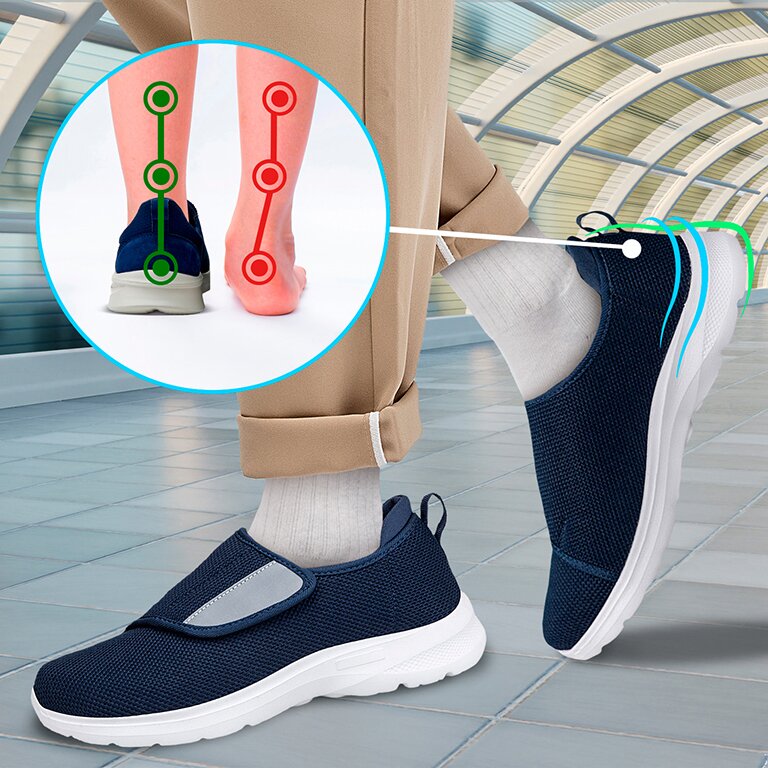
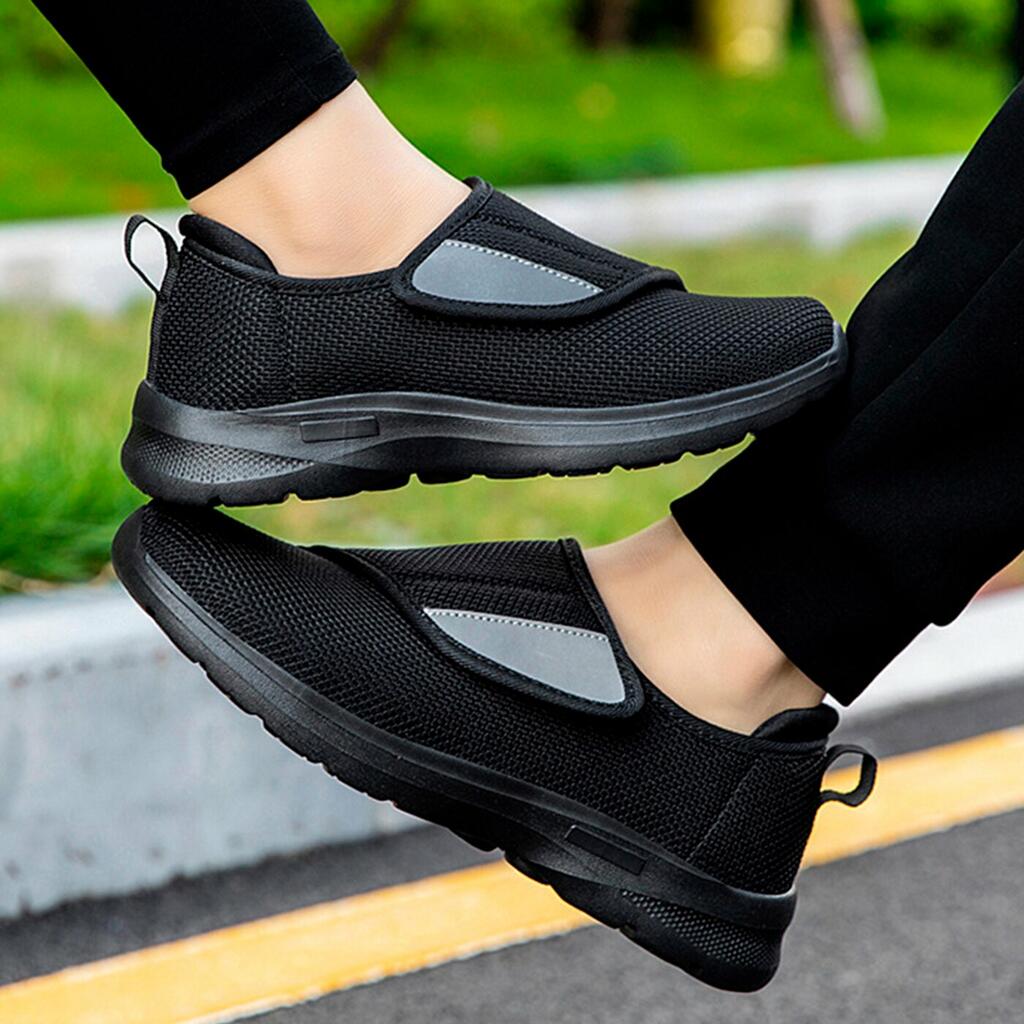
Myth: Diabetic Shoe Inserts are Only for the Elderly
Fact: Diabetes can affect people of all ages, and the need for diabetic shoe inserts is based on foot health, not age. Younger individuals with diabetes can also benefit significantly from using these inserts.
Diabetic shoe inserts are a simple yet vital part of managing diabetes and maintaining foot health. They offer protection, comfort, and peace of mind, making them an essential investment for anyone managing diabetes.
For more detailed information, consult resources like the American Diabetes Association website or talk directly to healthcare professionals. They can provide valuable guidance and support tailored to your specific needs.

Diabetic Shoe Inserts: A Beginner's Guide to Enhanced Foot Care By Jane Sterling | Published on January 8, 2024 @ 5:30 PM Navigating through diabetic foot care can be daunting,…

Professional and Protective: Diabetic Shoes for Men in the Workplace By Jane Sterling | Published on January 7, 2024 @ 5:30 PM Selecting the right footwear is more than a…

Orthopedic Marvels: How Women's Slip-On Walking Shoes Alleviate Joint Pain Orthopedic Marvels: How Women's Slip-On Walking Shoes Alleviate Joint Pain Imagine a day without joint pain, where each step is…

Advertorial By Emily T. | Published on December 6, 2023 @ 10:30AM Why Choosing the Right Walking Shoes for Flat Feet and Overpronation Matters Walking is a simple pleasure and…
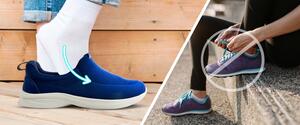
Walk the Talk: How Men’s Slip-On Shoes Are Redefining Casual Footwear By Jane Sterling | Published on December 5, 2023, 2023 @ 5:30 PM In the world of men's fashion,…

The Complete Canles Guide to Walker Shoes The Complete Canles Guide to Walker Shoes Are you on the lookout for shoes that offer both comfort and style? Let's talk about…

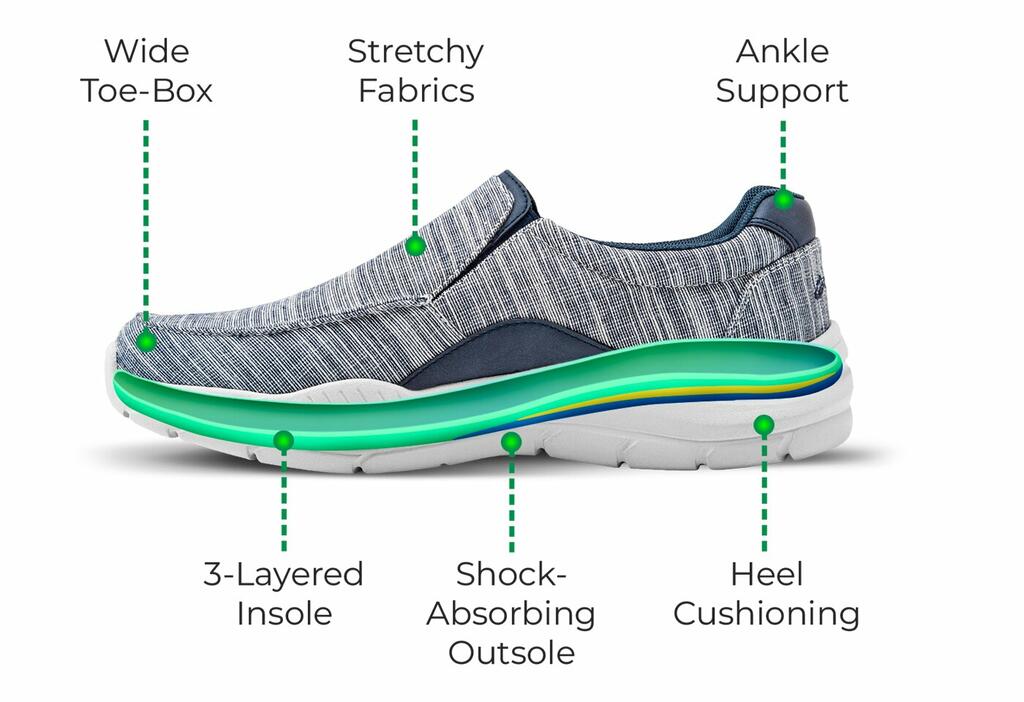


Switching to Canles footwear was a game-changer for me. Dealing with arthritic pain in both of my feet used to make each step a struggle. However, within a few days of wearing these shoes, I noticed a dramatic decrease in discomfort.
George C.Verified Customer


